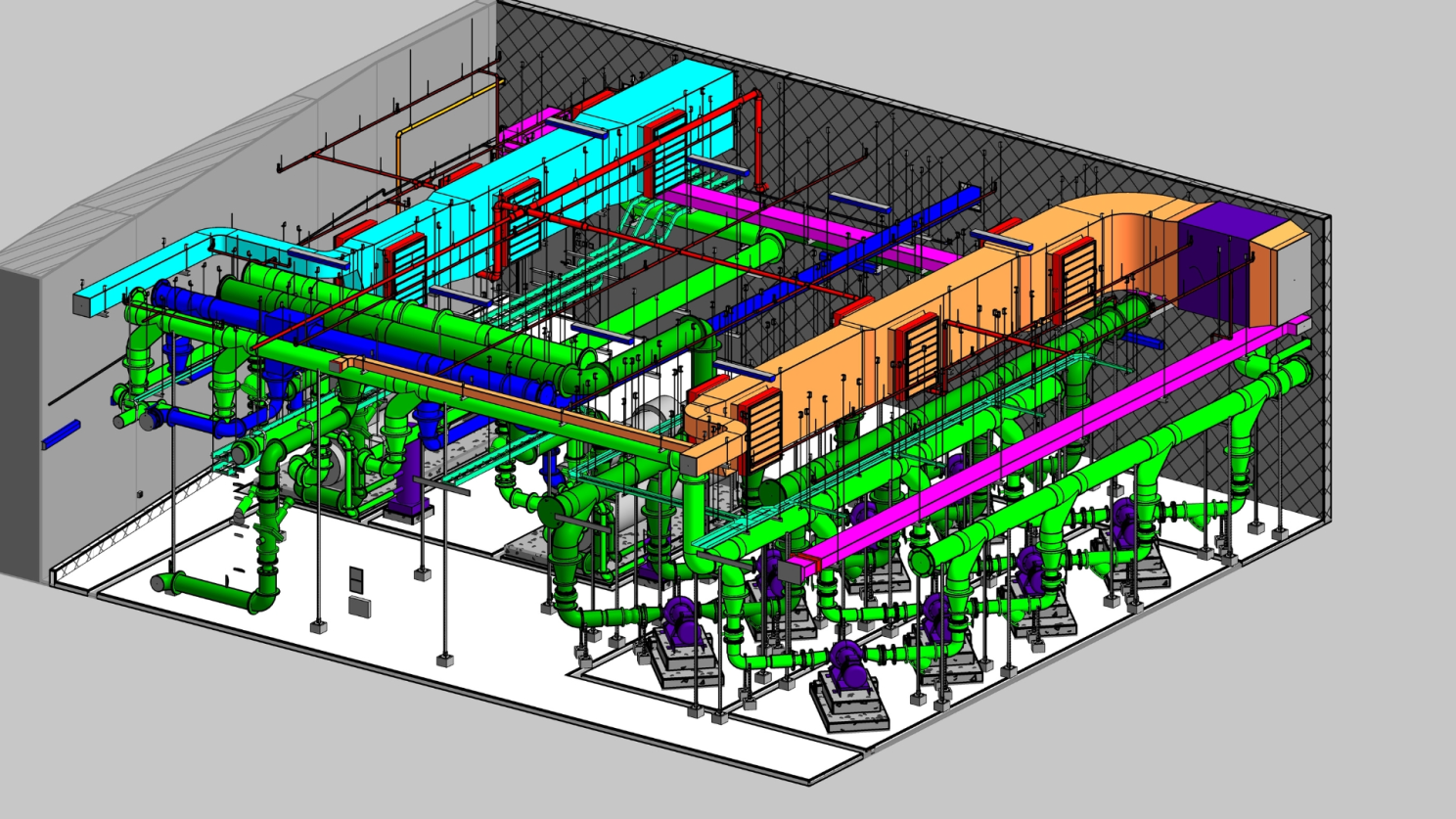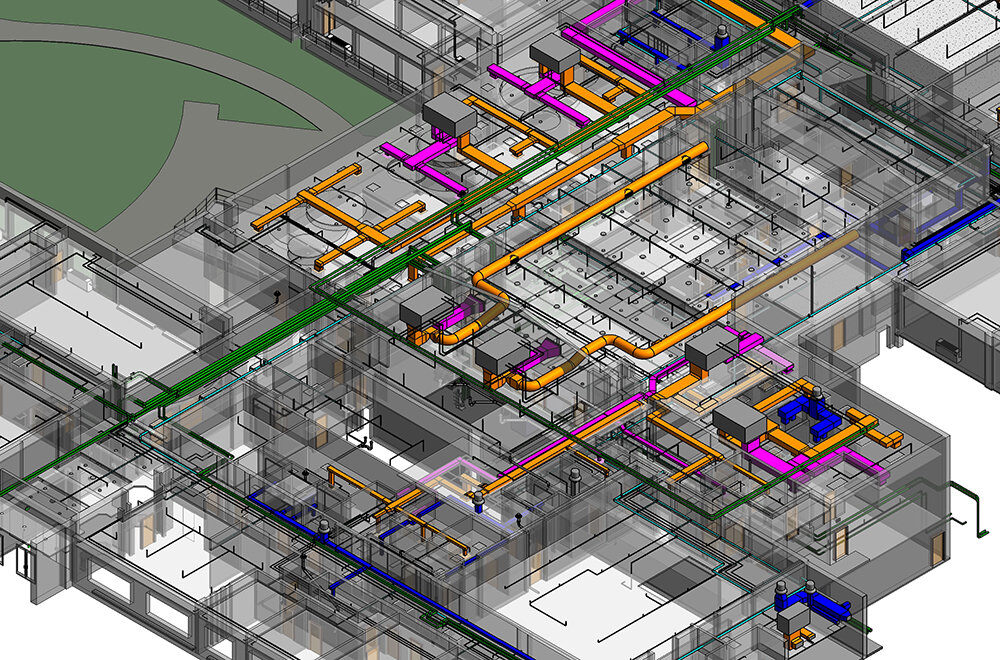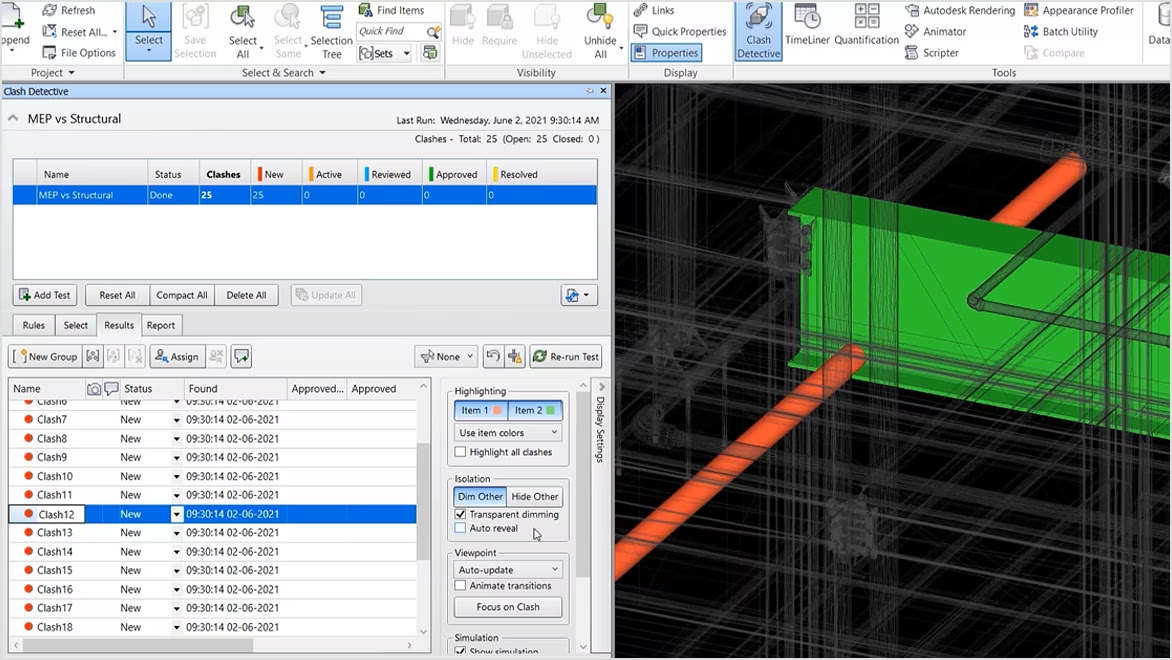
The world of construction is evolving at a rapid pace, and at the heart of this transformation is the integration of BIM MEP technology. But what exactly is MEP engineering, and why is it so crucial? MEP services (Mechanical, Electrical, and Plumbing) form the backbone of any building, ensuring functionality, safety, and efficiency. Traditionally, MEP design has been done using 2D blueprints, which often led to coordination issues, delays, and cost overruns.
Enter BIM MEP software, a game-changer that has revolutionised the way MEP works in construction. Building Information Modelling (BIM) allows for a digital representation of a building’s MEP system, enabling better collaboration, efficiency, and accuracy. The adoption of MEP BIM services is now an industry standard, ensuring smarter buildings and streamlined workflows.
What is BIM Integration in MEP?
At its core, BIM MEP integration is all about creating a collaborative digital environment where MEP engineers can work alongside architects, structural engineers, and other stakeholders. Instead of working in silos, professionals use BIM MEP software to model, simulate, and analyse building components before actual construction begins.
The MEP BIM modeling process involves developing a 3D representation of MEP services, incorporating spatial relationships, materials, and real-world performance data. This ensures that every component, from ventilation ducts to electrical wiring, is optimally designed and placed for maximum efficiency.

Key Benefits of BIM in MEP Services for Construction
The integration of BIM MEP in construction brings a host of benefits, including:
-
Improved Accuracy: Say goodbye to design clashes! BIM MEP software detects and resolves conflicts before construction, saving time and money.
-
Better Coordination: MEP engineering teams can seamlessly collaborate with architects and structural engineers, reducing errors and rework.
-
Enhanced Cost Estimation: With accurate MEP BIM modeling, project managers can predict costs more precisely, preventing budget overruns.
-
Increased Efficiency: Automated workflows and data-driven decision-making lead to faster project completion.
-
Sustainability: Optimised MEP design reduces energy consumption, promoting eco-friendly building practices.
How BIM Enhances Collaboration Between MEP & Other Disciplines
One of the biggest challenges in construction is ensuring smooth coordination between various disciplines. BIM MEP software bridges this gap by providing a common digital platform where MEP engineers, architects, and contractors can work together in real time.
Using BIM MEP models, stakeholders can conduct virtual walkthroughs, detect potential clashes, and make data-driven decisions. This level of transparency minimises miscommunication and enhances overall project efficiency.
Challenges in Implementing BIM for MEP & How to Overcome Them
Despite its advantages, integrating MEP BIM services is not without challenges:
-
High Initial Costs: Investing in BIM MEP software and training can be expensive. However, the long-term savings in reduced rework and improved efficiency outweigh the initial investment.
-
Lack of Skilled Professionals: Many traditional MEP engineers are unfamiliar with BIM MEP workflows. Enrolling in an MEP course that covers BIM is a great way to bridge this skill gap.
-
Resistance to Change: Some professionals may be hesitant to adopt new technology. Demonstrating the tangible benefits of BIM MEP can help in gaining acceptance.
Essential BIM Software & Tools for MEP Engineers

A successful BIM MEP workflow requires the right tools. Some of the most widely used BIM MEP software includes:
-
Autodesk Revit: The gold standard for MEP BIM modeling and documentation.
-
Navisworks: Great for clash detection and project review.
-
AutoCAD MEP: Ideal for creating intelligent MEP systems in a 2D or 3D environment.
-
BIM 360: A cloud-based collaboration tool that enhances teamwork across disciplines.
Mastering these tools can significantly boost an MEP engineer's salary and open doors to better job opportunities.
Future of MEP Engineering with BIM & Emerging Technologies
The future of MEP engineering is exciting, with emerging technologies set to further revolutionise the industry. Some trends to watch out for include:
-
AI and Machine Learning: Smart algorithms will automate MEP design, making processes faster and more efficient.
-
IoT Integration: Connected MEP systems will enhance building performance and maintenance.
-
3D Printing for MEP Components: Prefabrication using 3D printing will streamline MEP works in construction.
-
Sustainable MEP Solutions: Advanced BIM MEP software will help create energy-efficient buildings with reduced carbon footprints.
How Novatr’s BIM MEP Course Prepares Engineers for Industry Transformation
For those looking to excel in the world of MEP BIM services, gaining the right education is crucial. Novatr offers a cutting-edge BIM MEP course that equips professionals with hands-on training in BIM MEP software, real-world project experience, and industry insights. Whether you are an aspiring MEP engineer or a seasoned professional, this course can help enhance your career prospects and increase your MEP engineer salary.
-
Comprehensive Curriculum: Covers the fundamentals of BIM MEP, including MEP design, MEP BIM modeling, and clash detection.
-
Expert-Led Sessions: Learn from experienced MEP engineers and industry professionals.
-
Job-Ready Skills: Equips engineers with the latest techniques in MEP works in construction, enhancing employability.
-
Industry Collaboration: Gain insights from real case studies and collaborative projects with top firms.
-
Flexible Learning: Online and self-paced modules allow learners to upskill while managing work commitments.
-
Certification & Career Support: Provides industry-recognised certification and job assistance to boost MEP engineer salary prospects.
-
Focus on Emerging Trends: Covers future-ready skills like AI in MEP engineering, IoT in MEP systems, and sustainable MEP services.
-
Global Standards: Aligns with international MEP BIM services practices, making engineers competitive worldwide.
Conclusion
The integration of BIM MEP technology is revolutionising the construction industry, making MEP services more efficient, cost-effective, and sustainable. By embracing MEP BIM services, engineers can improve coordination, reduce errors, and create smarter buildings. While challenges exist, the benefits far outweigh the drawbacks, making BIM MEP software an indispensable tool in modern construction. Investing in a high-quality MEP course like Novatr’s can be a game-changer for professionals looking to stay ahead of the curve. The future of MEP engineering is here, and it is digital.
Among the best options, the BIM Professional Program for MEP Engineers by Novatr stands out the most. For the latest updates, tools, and insights into the MEP and BIM industry, explore Novatr's Resource Page.
FAQs
Q1: How does BIM improve coordination in MEP services?
Ans: BIM enables seamless integration between MEP services and other disciplines like structural and architectural design. Using BIM MEP software, all teams can work on a shared model, detect clashes before construction, and make informed decisions. This reduces costly rework, speeds up project timelines, and ensures a smooth construction process.
Q2: What are the benefits of MEP BIM modeling in construction projects?
Ans: MEP BIM modeling provides precise design visualisation, early clash detection, and better project planning. It also helps in material estimation, cost reduction, and energy efficiency. By integrating MEP works in construction within BIM, stakeholders can streamline workflows, enhance sustainability, and improve overall building performance.
Q3: Which BIM MEP software is most commonly used by MEP engineers?
Ans: The most commonly used BIM MEP software includes Autodesk Revit for MEP design, Navisworks for clash detection, AutoCAD MEP for drafting, and BIM 360 for project collaboration. Mastering these tools is essential for any MEP engineer looking to advance their career in MEP BIM services.
Q4: How does BIM impact MEP engineer salaries?
Ans: Professionals skilled in MEP BIM services are in high demand, leading to competitive salaries. An MEP engineer salary with BIM expertise is generally higher than those relying on traditional methods. Companies value BIM-trained engineers for their ability to improve efficiency, reduce project risks, and deliver high-quality MEP systems.
Was this content helpful to you



.jpeg)



